The post-apocalyptic genre has become increasingly popular in the last few decades, but it can trace its origins all the way back to the early 1800s, with Mary Shelley’s The Last Man being widely considered to be the first mainstream post-apocalyptic novel. Post-apocalyptic settings are also nothing new for the gaming world, with 1988’s Wasteland for the Commodore 64 being one of the first renowned entries in the genre. Now, STALKER 2: Heart of Chornobyl joins that ever-growing list.
STALKER 2: Heart of Chornobyl‘s post-apocalypse separates itself nicely from the crowd by establishing a historical background, with its story and setting revolving around the 1986 Chornobyl Disaster. But STALKER‘s setting isn’t wholly original. As any long-time STALKER fan will know, GSC Game World’s series was heavily inspired by two very important pieces of Soviet Russian media.
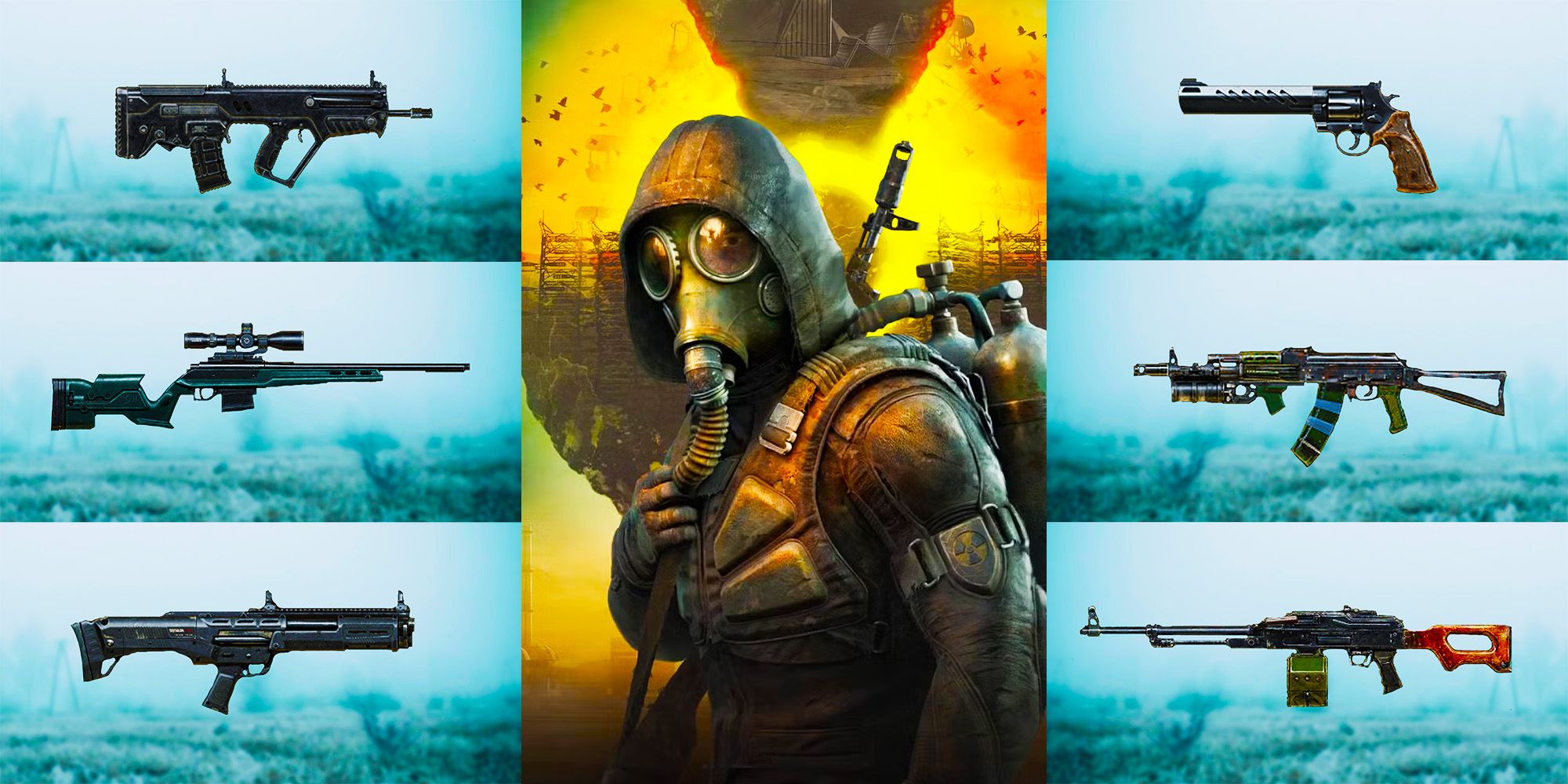
Related
STALKER 2: Best Weapons, Ranked
As players fight their way through the Zone in Stalker 2, here are the best weapons to keep in their arsenal.
STALKER’s Two Main Sources of Inspiration Explained
Arkady and Boris Strugatsky’s ‘Roadside Picnic’ Novel Explained
First published in 1972, Roadside Picnic is a Sci-Fi novel written by the Soviet writers Arkady and Boris Strugatsky. In Roadside Picnic, the world has been recently visited by extraterrestrials. This “Visitation” occurred in six small spots around the world, which are now known as “Visitation Zones.” While nobody saw these extraterrestrials, their arrival, or their departure, they left behind a wealth of mysterious artifacts that have intriguing physics-bending properties.
The novel’s title refers to an analogy within the book in which the extraterrestrials’ Visitation is likened to a family’s roadside picnic, though rather than leaving food wrappers and the remnants of a small fire behind, they left artifacts that hold otherworldly powers on Earth. Any group of scavengers who seek these powerful artifacts are called “Stalkers.” Naturally, this setting and premise shares a great number of similarities with STALKER.
Andrei Tarkovsky’s ‘Stalker’ Movie Explained
In 1979, the Soviet director Andrei Tarkovsky released a movie loosely based on Roadside Picnic called Stalker. A screenplay written by Roadside Picnic‘s Strugatsky brothers, Stalker follows the titular unnamed character as he guides a writer and professor through a dangerous Zone filled with strange anomalies and hazards, in search of a rumored room that grants a person’s deepest desires.
The 1979 movie adaptation retains much of the same theming as its novel counterpart, with lofty philosophical themes regarding one’s true desires and the sacrifices one would make for them being central to the main story. Much like Roadside Picnic, Stalker features plenty of supernatural phenomena, including anomalies that defy the laws of physics and seemingly extraterrestrial artifacts.
Roadside Picnic and Stalker‘s influences on the STALKER game franchise are obvious and plentiful. Along with practically adapting the novel and the movie’s Zone setting directly, STALKER also borrows its name directly, though it gives it a unique acronym (Scavenger, Trespasser, Adventurer, Loner, Killer, Explorer, and Robber).
Much of the original 2007 STALKER: Shadow of Chernobyl‘s plot is also heavily inspired by Stalker, with its endings seeing the player discover a Monolith at the center of the Zone that can grant wishes, albeit at a cost. The STALKER franchise has also dabbled with similar philosophical themes over the years, with the games posing some intriguing questions about humanity and what it will sacrifice for fame and glory, along with examinations of the Soviet Union’s influence over Eastern Europe, among many other concepts.
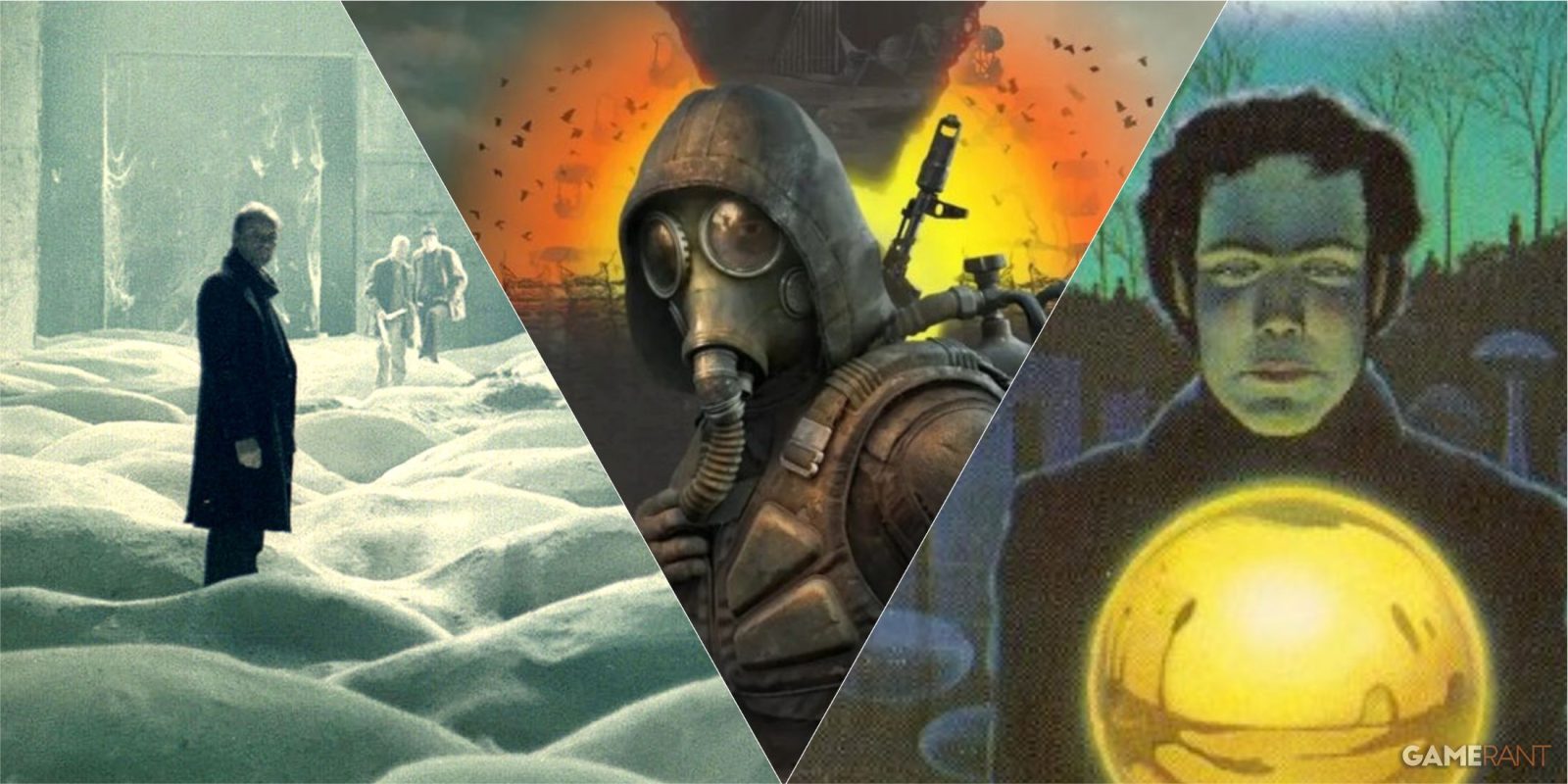

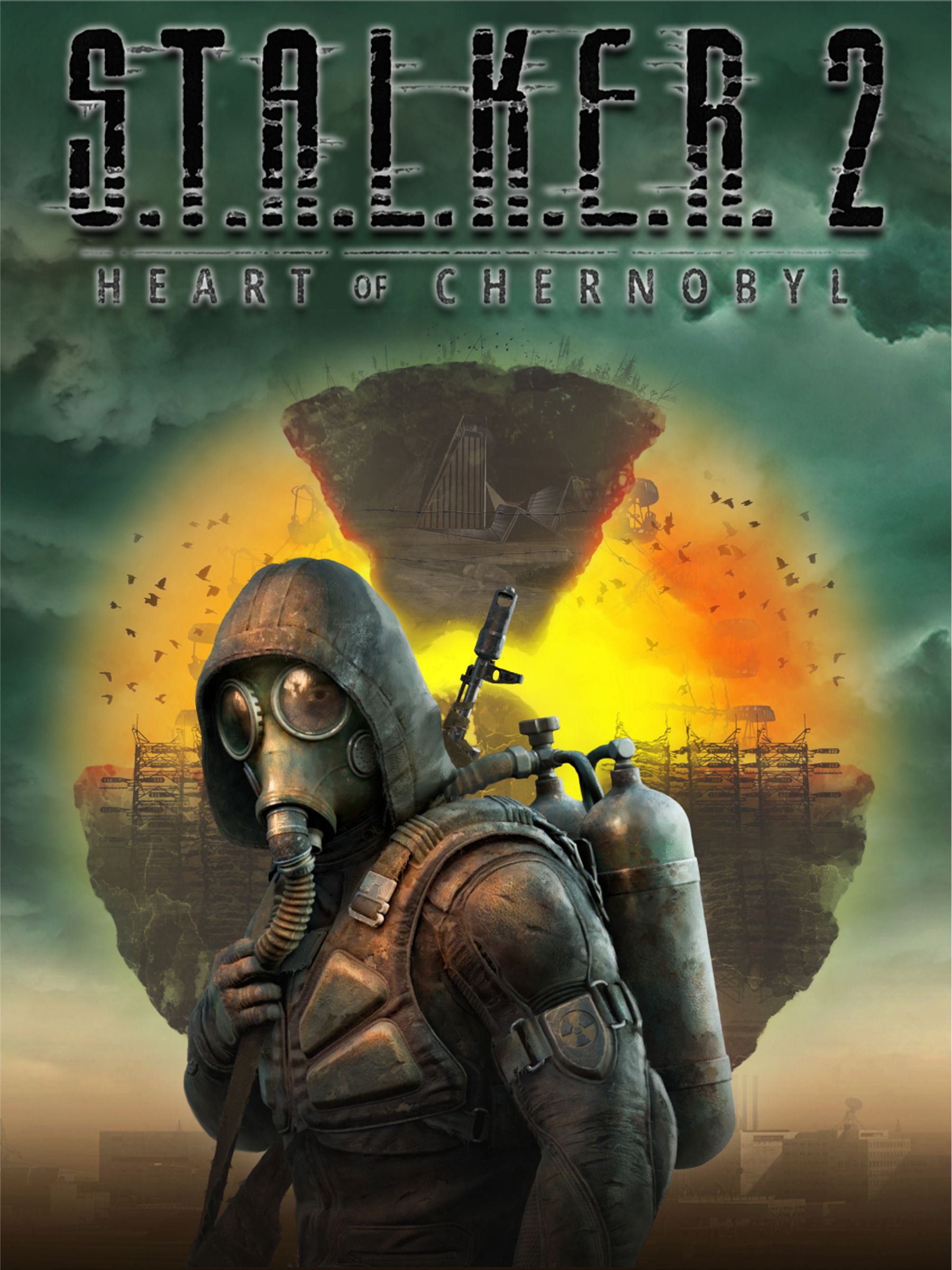







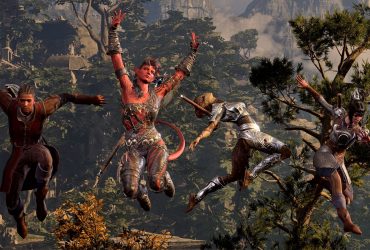

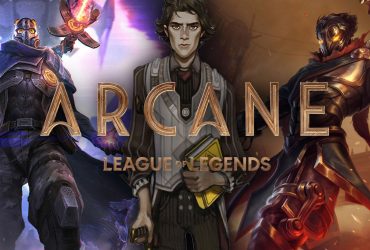
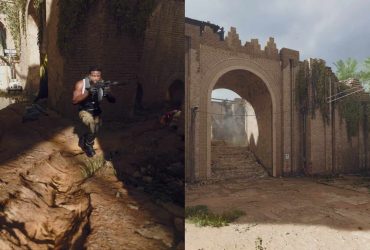
Leave a Reply